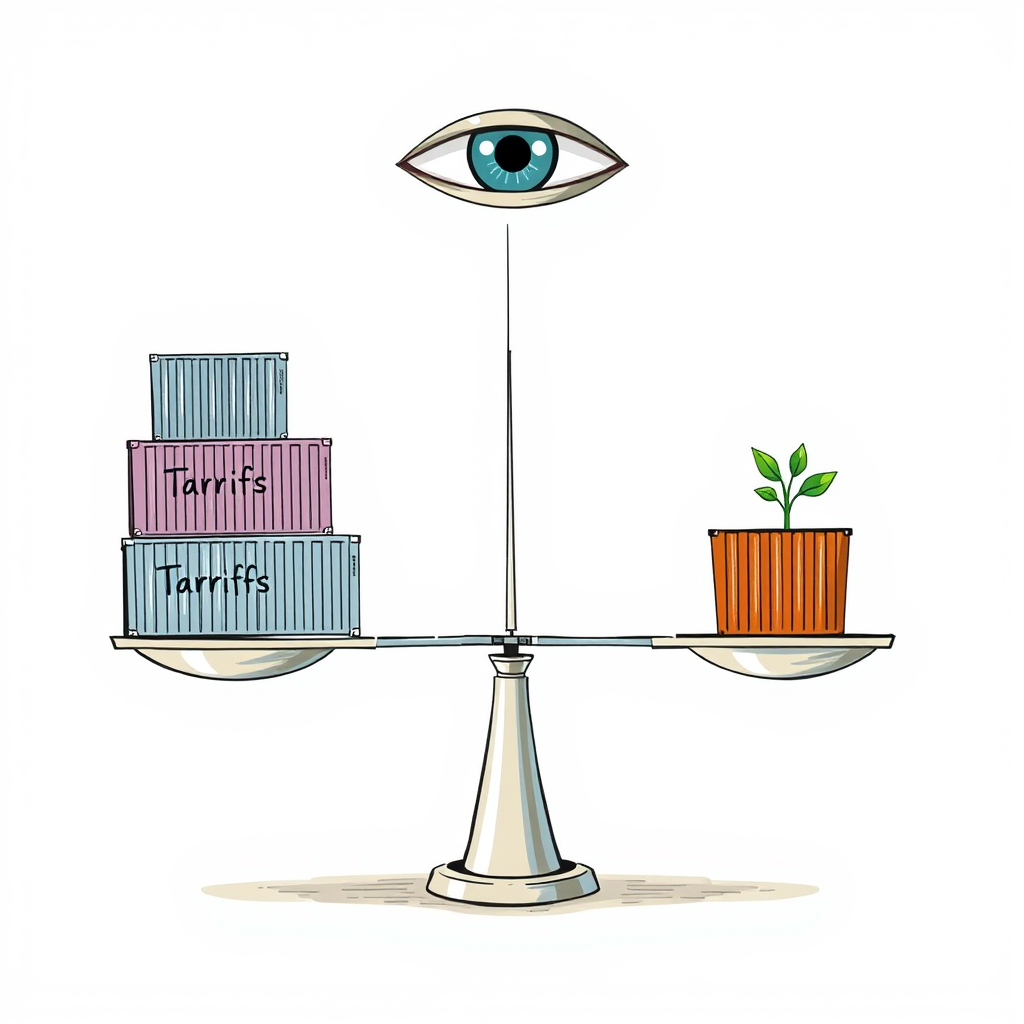Fed Holds Rates, Waits on Tariff Impact

The US Federal Reserve is widely anticipated to maintain its current interest rate policy this week, pausing any further cuts as it closely monitors the economic impact of President Trump’s ongoing tariff policies. The decision reflects a cautious approach amidst uncertainty surrounding trade relations and potential inflationary pressures.
President Trump’s imposition of significant tariffs – steep levies on Chinese goods and baseline rates of 10 percent on most other imports, alongside 25 percent duties on steel, aluminum, and automobiles – has created a complex economic landscape. A temporary pause on additional tariffs for dozens of trading partners, intended to facilitate renegotiations, adds another layer of complexity.
Most economists predict these tariffs will contribute to rising prices and a slowdown in economic growth, potentially prolonging the Fed’s pause on rate cuts. Loretta Mester, former president of the Cleveland Fed, emphasized the importance of maintaining inflation control, stating that a resurgence would jeopardize the progress made over the past three years.
The Fed has held its key interest rate between 4.25 and 4.50 percent since December, balancing its goal of reaching a two percent inflation target with the desire to maintain low unemployment. Recent data suggests inflation is nearing that target, while unemployment remains historically low. However, softening consumer confidence surveys indicate growing concerns about the overall health of the US economy.
The question of whether the US will enter a recession remains open. Former St. Louis Fed President Jim Bullard believes the Fed is in a good position to remain on hold, particularly given the turbulence in the trade war. Financial markets overwhelmingly anticipate a pause in rate cuts, according to data from CME Group.
Stronger-than-expected April hiring data has eased concerns about the labor market, further reducing pressure on the Fed to lower rates. Several major banks, including Goldman Sachs and Barclays, have subsequently pushed back their expectations for rate cuts from June to July, citing the need for more data on the labor market and resolution of tariff-related uncertainties.
Analysts are divided on the timing of future rate cuts, with some predicting they may not occur until later in the year, depending on the ultimate impact of the tariffs. Rising longer-run inflation expectations, as indicated by survey data, are fueling concerns that tariff-related price increases could become embedded in the US economy.
Mester argues the Fed should demand clear evidence that tariffs won’t be inflationary before considering rate cuts, while Bullard suggests focusing on market-based inflation measures, which remain close to the two percent target. He cautions that survey-based measures may be influenced by factors beyond inflation, such as political sentiment.
The Fed faces a delicate balancing act. While the economy shows signs of resilience, the unpredictable nature of trade policy and the potential for rising prices necessitate a cautious approach. The central bank’s decision this week reflects a commitment to data-driven policymaking and a willingness to adapt to evolving economic conditions. It’s a pragmatic stance, acknowledging that navigating the current economic landscape requires patience and a careful assessment of risks.